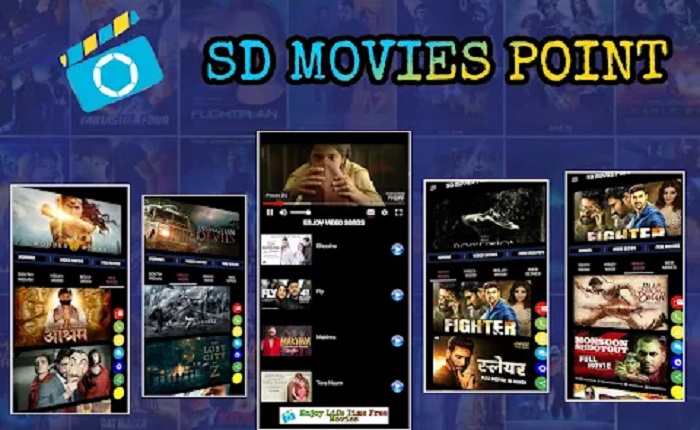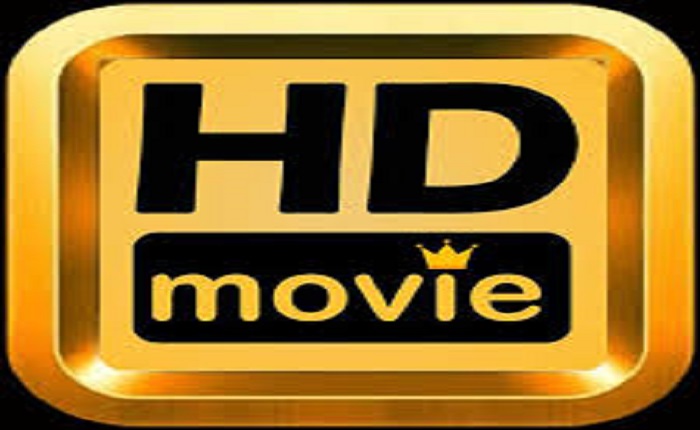The Movie Theater Experience: A Timeless Entertainment Destination

The movie theater has been a cultural mainstay for over a century, providing a unique entertainment experience that brings people together. Whether for a blockbuster, an indie film, or a special event, the movie theater offers something that watching at home can’t replicate. In this blog, we’ll explore the history of the movie theater, its enduring appeal, and the latest innovations shaping its future.
The History of the Movie Theater
The movie theater began in the late 19th century with the invention of motion pictures. The first dedicated movie theater, called the Nickelodeon, opened in Pittsburgh in 1905. Early movie theaters were small and simple, often set up in storefronts. As the popularity of films grew, so did the grandeur of movie theaters, with elaborate venues being built to host large audiences. By the 1920s, going to the movie theater had become a common leisure activity across the globe.
The Evolution of Movie Theater Technology
The movie theater has evolved dramatically with advancements in technology. Silent films gave way to “talkies” in the late 1920s, and by the 1950s, color films became the norm. The introduction of widescreen formats, surround sound, and more recently, 3D and IMAX technologies have kept the movie theater experience on the cutting edge. Modern movie theaters now offer unparalleled audio and visual quality, providing an immersive experience that cannot be matched at home.
The Architecture and Design of Movie Theaters
Movie theaters are known for their distinctive architecture and design, which contribute to the overall experience. Classic movie theaters often feature lavish interiors with ornate décor, chandeliers, and velvet seating. In contrast, modern movie theaters focus on comfort, offering reclining seats, more spacious layouts, and improved sightlines. The design of a movie theater is crucial in creating an environment where audiences can lose themselves in the world of cinema.
Movie Theaters as Social Spaces
One of the most significant aspects of the movie theater experience is its social dimension. Watching a film in a movie theater allows audiences to share reactions and emotions with others in real-time, creating a communal atmosphere that enhances the enjoyment of the film. The laughter, gasps, and cheers of a collective audience can elevate even the most mundane of films into an unforgettable experience. For many, going to the movie theater is as much about the social outing as it is about the movie itself.
Movie Theaters in the Digital Age
With the rise of streaming services and on-demand viewing, the movie theater has faced increased competition. However, the movie theater still offers something that home viewing cannot: a larger-than-life screen, surround sound, and a dedicated environment for film watching. Many movie theaters have adapted by offering premium experiences, such as luxury seating, dine-in options, and exclusive screenings of new releases. The movie theater continues to evolve to meet the demands of modern audiences.
The Impact of Blockbusters on Movie Theaters
The movie theater industry has long been influenced by blockbuster films, which draw in massive audiences and generate significant revenue. Films like “Star Wars,” “Jurassic Park,” and “The Avengers” have defined generations and turned the movie theater into a must-visit destination for their premieres. Blockbusters often create a sense of anticipation and excitement that is best experienced in a movie theater with a full audience. This symbiotic relationship between blockbusters and the movie theater is one of the reasons the theater experience remains popular.
The Role of Independent Movie Theaters
While multiplexes dominate the movie theater landscape, independent theaters continue to offer a unique and valuable experience. Independent movie theaters often showcase films that may not make it to mainstream cinemas, including indie films, foreign language films, and documentaries. These theaters offer a more intimate and personal movie theater experience, often located in historic buildings and offering special events, like film festivals and Q&A sessions with filmmakers.
The Revival of Drive-In Movie Theaters
In recent years, drive-in movie theaters have experienced a resurgence in popularity, offering a nostalgic return to an earlier era of film viewing. Drive-ins provide a movie theater experience with a twist, allowing audiences to watch from the comfort of their cars. These outdoor theaters became particularly popular during the COVID-19 pandemic, as they offered a safe way to enjoy films while maintaining social distance. The drive-in movie theater has become a beloved alternative to traditional indoor cinemas.
The Importance of Concessions in Movie Theaters
No movie theater experience is complete without a visit to the concession stand. Popcorn, soda, candy, and other snacks are an integral part of the movie theater ritual. Over the years, movie theater concessions have expanded to include gourmet options, such as craft popcorn flavors, artisanal chocolates, and even alcohol. For many, the smell of freshly popped popcorn is synonymous with the movie theater, enhancing the overall experience of watching a film on the big screen.
The Future of the Movie Theater Experience
As technology continues to advance, the future of the movie theater promises to be even more immersive and interactive. Virtual reality, augmented reality, and 4D experiences are already being experimented with in movie theaters, offering new ways to engage with films. Additionally, innovations such as personalized screenings, loyalty programs, and enhanced mobile integration are helping movie theaters remain relevant in a rapidly changing entertainment landscape. Despite the rise of home theaters and streaming services, the movie theater will continue to be a central part of how we experience films.
Conclusion
The movie theater experience is timeless, offering a sense of escapism, social connection, and immersive storytelling that few other forms of entertainment can provide. While streaming services have revolutionized how we watch movies, the magic of the movie theater remains as potent as ever. Whether you’re watching the latest blockbuster or an indie film at your local theater, the communal joy of sharing stories on the big screen is an experience that will continue to endure.
FAQs
1. Why are movie theaters still popular in the age of streaming?
Movie theaters provide a unique experience that streaming cannot match, including larger screens, superior sound, and a communal viewing experience.
2. What makes a movie theater more immersive than home viewing?
Movie theaters offer state-of-the-art sound and visual technology, along with a dark, focused environment that maximizes the cinematic experience.
3. What are the benefits of independent movie theaters?
Independent theaters often screen films that are not widely available in mainstream cinemas, offering unique programming and fostering a local film community.
4. How have movie theaters adapted to new technologies?
Many movie theaters now offer luxury seating, premium sound systems, and even 4D experiences to stay competitive with home entertainment systems.
5. Are drive-in movie theaters making a comeback?
Yes, drive-in theaters have experienced a resurgence, especially during the COVID-19 pandemic, providing a nostalgic and safe movie-watching alternative.





